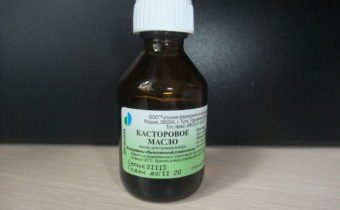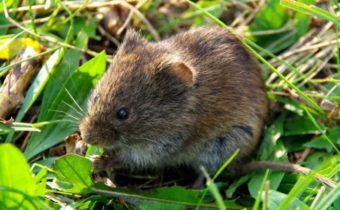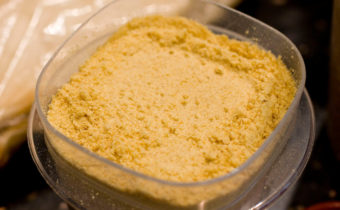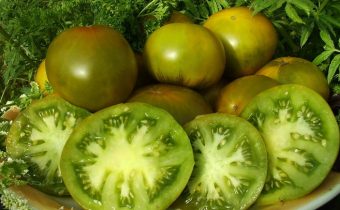Beautiful shrimp flower bringing good luck
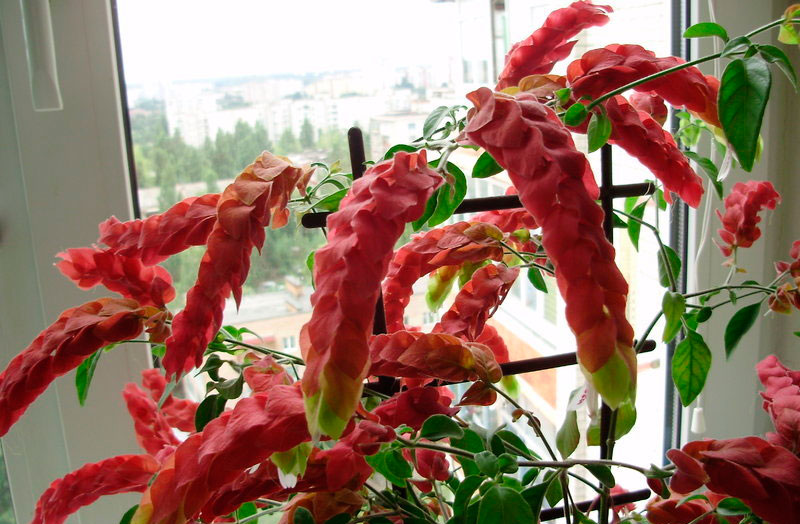
Tropical plant Beloperone looks very unusual. Due to the interesting structure of the inflorescences, it is also called “hops” or “crayfish necks”. In the indoor floriculture, this evergreen shrub is rare, despite the simplicity and ease of care. Beloperone does not need a special microclimate, it blooms long and beautifully, it is easily propagated by seeds and grafting. Even flower growers with minimal experience will cope with growing this tropical plant.
Plant description
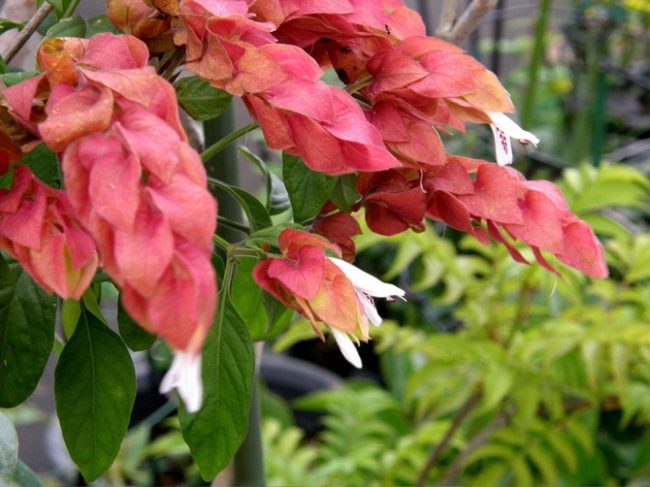
This flower belongs to the family Acantovyh and has more than 50 species in nature, but at home they grow the advantage of Beloperone Drip. The homeland of this plant is Mexico and other regions of South and Central America with a tropical and subtropical climate.
In nature, the height of the perennial shrub reaches 1.2 m, but at home content it rarely grows over 80 cm. The plant has upright, fast-growing shoots with incomplete lignification. On the branches and leaf plates may be slight pubescence. Gentle-green leaves have an ovate or lanceolate form.
Flowers are formed in the leaf sinuses. They can be single or assembled in semi-oriental inflorescences. Petals are painted in pink or white. Stipules have a brighter color — red, orange, or yellow.
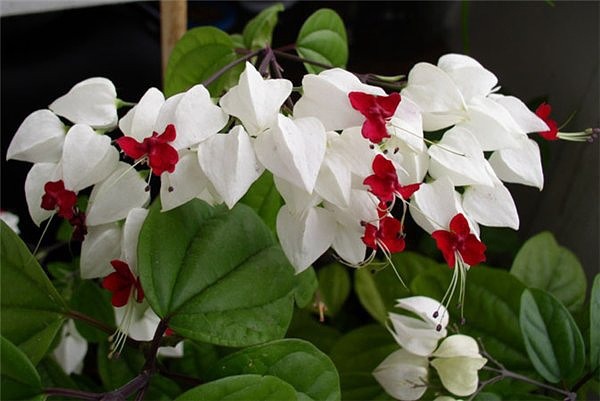
Conditions of detention
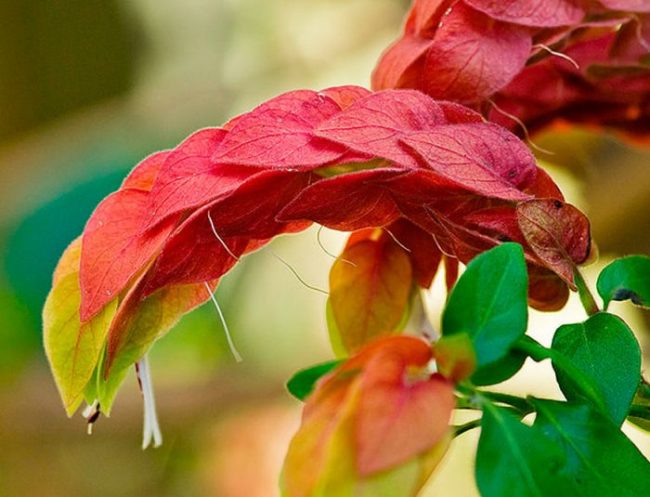
For the cultivation of indoor hops in the apartment choose a sunny place, but the light must be diffused. South or southeast windows are best suited to accommodate this flower. To protect against direct ultraviolet light, they use a screen, light curtains, or simply seal the window with white paper.
If there is not enough light, the shoots of Beloperone are strongly drawn out, and the bracts lose their color intensity. Therefore, in winter and autumn, the plant needs additional lighting.
Watering tropical plants organize moderate. The soil should be constantly wet, but it can not be poured. Otherwise, rot and fungal diseases develop. Beloperone is watered when the potted soil dries out a bit. During the period of active vegetation, the bush is watered more often; at rest, the frequency of irrigation is reduced. For irrigation use soft, separated, warm water.
Under natural conditions, the shrub grows at high temperatures. But in indoor growing, the plant adapts well to cooler conditions and feels good at temperatures from +18 to +20 degrees in summer. In winter, during dormancy, it is lowered by 4-5 degrees.
In a room with a flower maintain moderate humidity. To do this, periodically sprayed the plant. You can put the pot on a tray with damp pebbles or place containers filled with water next to it.
From May to October, Beloperone needs regular feeding. As a fertilizer suitable mineral complexes for flowering plants. Nutrients are given twice a month. To stimulate flowering choose fertilizers with potassium and magnesium. Nitrogen should be very small. Otherwise, instead of flowers, the plant will increase the green mass.With the onset of the quiescent period, top dressing is gradually reduced to 1 time in 1.5 months.
Due to the rapid growth Beloperone quickly becomes untidy. Therefore, it should be cut regularly. Be sure to cut off all the old, faded buds. Formation of the crown is possible, depending on the wishes of the grower. In spring, all branches are shortened to half the length. Cuttings remaining after pruning are used for reproduction.
Planting and transplanting
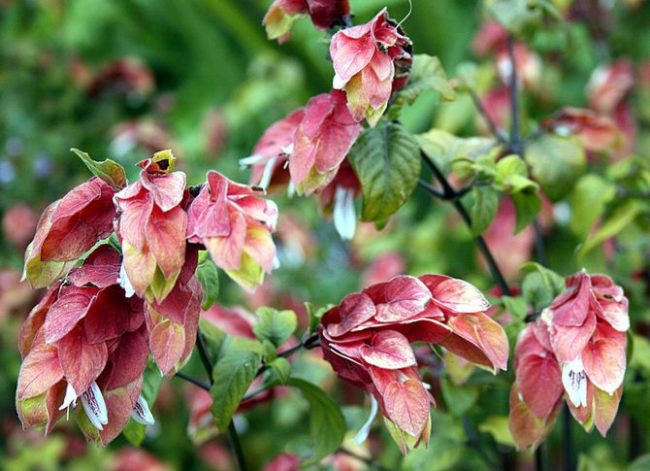
Difference from other indoor plants is a high growth rate. Therefore, young Beloperone often have to replant. Adult plants in a spacious pot can last 2-3 years. Understand that the bush needs to be transplanted, you can on the roots sticking out of the drainage holes.
You can relieve yourself of frequent transplants by successfully picking up the pot. It should be 10 cm more than the previous one. For this plant fit massive ceramic vases. They will not allow the bush to turn over, because the above-ground part of Beloperon is massive.
Room hops are picky. It grows well in the usual universal, neutral or slightly acidic soil. Due to the rapid growth of green mass, a light soil mixture, rich in nutrients, is selected.
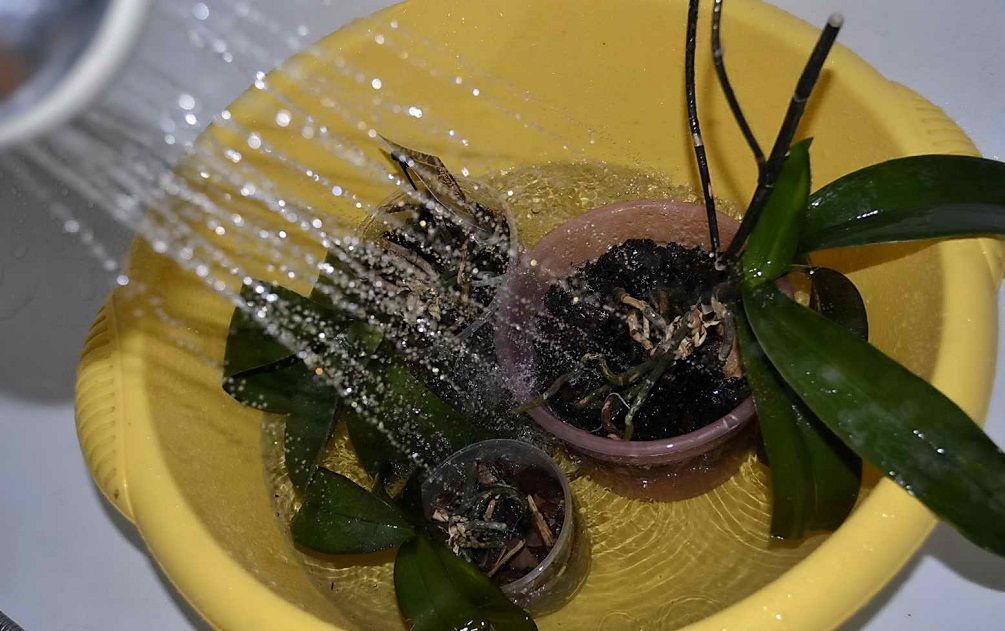
If desired, you can mix the soil yourself from the following components:
- 2 pieces of fertile sod;
- 2 pieces of leafy ground;
- 1 part peat crumb;
- 1 part of the humus;
- 1 part of large river sand.
The transplant is performed in this order:
- At the bottom of the planting tank lay a layer of drainage 3 cm thick. Then fill the pot with soil to 1/3 of the height.
- The plant is removed from the old pot, trying not to destroy the earthen room. To facilitate the process, half an hour before this flower is plentifully watered.
- The roots are shortened with a sharp disinfected instrument. To do this, they are cut from the bottom by 1.5 cm. Then they make several shallow longitudinal cuts and slightly crush the earthen room.
- The plant is placed in a new container and poured on the sides with soil. Then shake the pot several times to distribute the soil evenly.
After planting, the plant is abundantly watered and left for 2-3 days in partial shade. Then return the container to its original place and take care, as usual.
Breeding
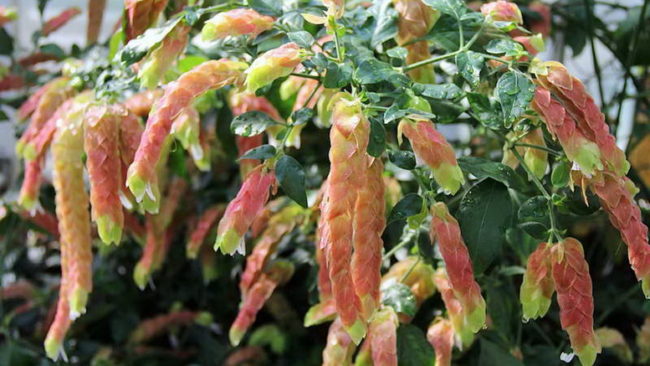
The easiest way to propagate Beloperone vegetatively. Then in 6-8 months the young bushes will be ready for flowering. As the planting material is usually used tops of the shoots left after pruning. For rooting, they are placed in plastic cups filled with a mixture of equal amounts of peat and sand. To speed up the process, you can process cuttings with any stimulator of root formation before planting. Rooting takes 2 weeks. Then the young plants are transplanted into permanent pots.
Another method of reproduction is growing from seed. Sowing is done in early spring in the ground consisting of leafy earth and sand. Before the emergence of shoots box contain in a warm room. When the seedlings grow, they are transplanted into containers filled with universal soil, and grow to an adult state.
When the seed method of cultivation Beloperone begins to bloom only after 4-5 years.
Pests and diseases
Beloperone demonstrates high resistance to parasites, but problems can occur with improper care. Most often, the plant suffers from the attack of aphids, whitefly or spider mites. If the colony of insects is small, wiping with soapy water will help to cope with it. With strong infection, they are treated with insecticide chemicals.
Sometimes you can see brown spots on the leaves. They become lethargic, dry up and fall off. Such problems are indicative of care errors.The reason may be in the wrong watering, too high temperature or low light. To correct the situation, the plant creates a favorable microclimate.
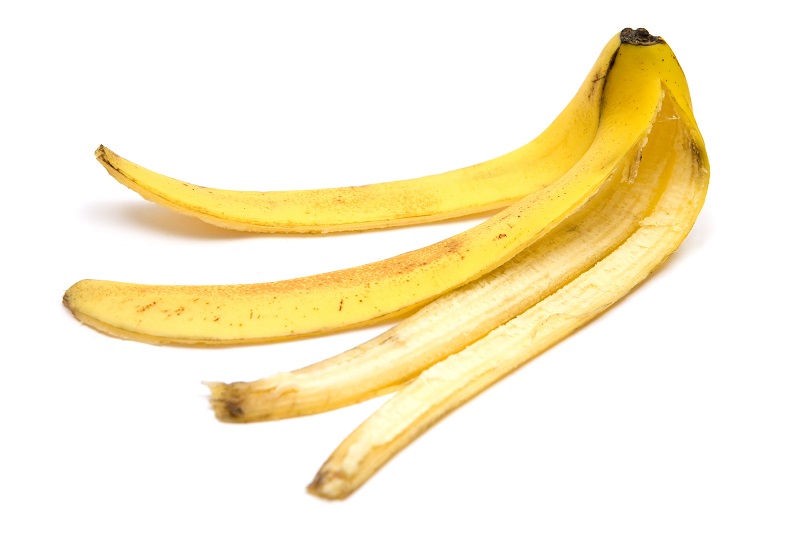
Beautiful flowering and unpretentious care Beloperone will be a real decoration of the office, winter garden or apartment. If you create favorable conditions for him, he will bloom almost all year round.


